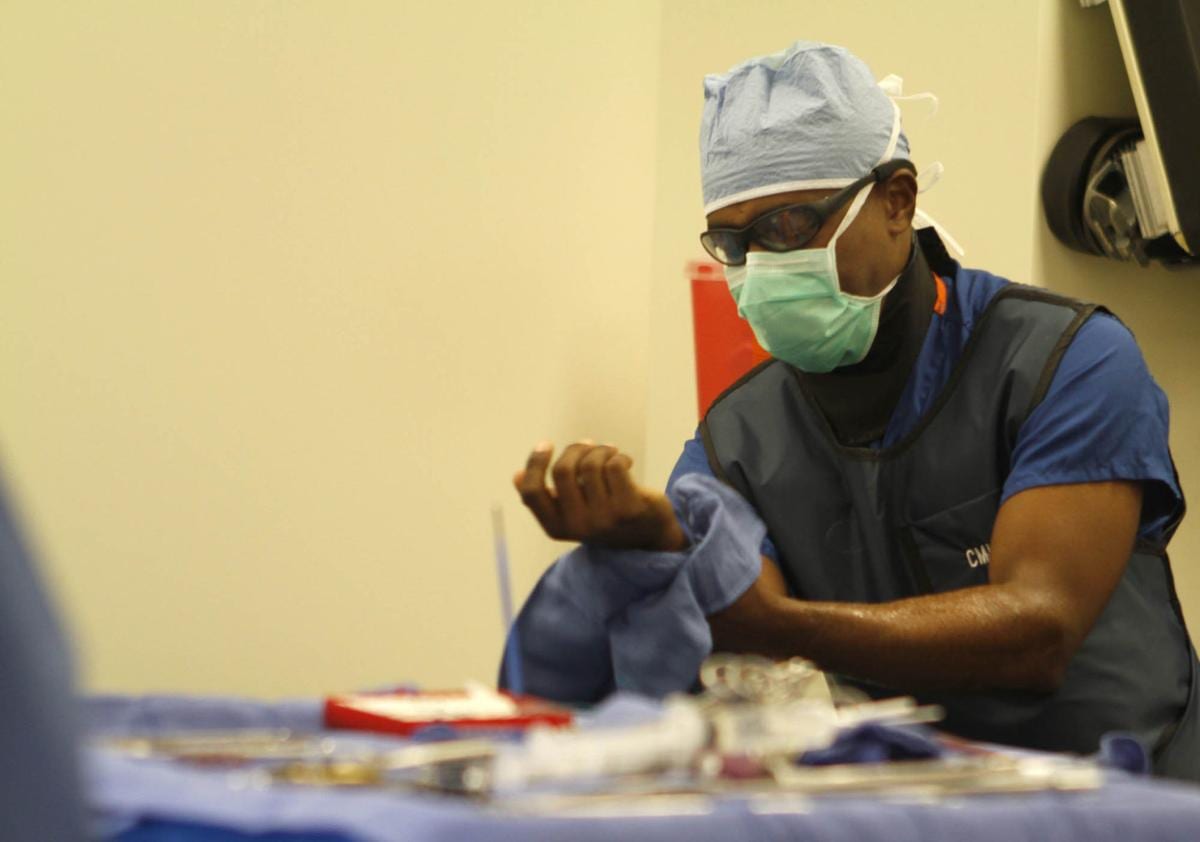Recovering Like A Pro
Reading Time: 2 minutesMinimally invasive spine surgery (MISS) corrects chronic spinal issues if the recovery goes well. Just ask Tiger Woods. Winning the Masters for the 5th time was possible due to proper recovery after spinal fusion. If surgery is on the horizon, knowing what to expect afterward can get patients back in action.
The benefits of spinal surgery
Patients undergo spinal surgery for a few reasons. Surgery can help relieve sciatic pain or correct herniated discs or spinal defects. With technology, surgeons can avoid open surgery. Minimally invasive surgery (MIS) means less pain, fewer infections, and reduced opioid use. The procedures include discectomy, kyphoplasty, and spinal fusion. Surgeries like lumbar fusion have increased in popularity, with cases doubling in the last 12 years. But even minimally invasive surgery requires proper recovery time.
How long does recovery take?
Depending on the procedure done, recovery can take between 3-6 months. In some cases, recovery may go as long as 1 year. After surgery patients may stay in the hospital a few hours or days, depending on the surgery and the health of the patient. Then recovery consists of managing movement, managing pain, and physical therapy.
The difficult first quarter
The initial weeks after spinal surgery tend to be difficult. Patients must be wary of making sudden twisting or jerking movements. The first week involves caring for wounds and managing pain. Luckily, minimally invasive surgeries reduce the need for addictive opioids. During the first 3 months, avoid long drives, sitting and standing for long periods, and lifting. Also, try dietary changes that could reduce inflammation and improve healing.
Using physical therapy and exercise
The first week after surgery, doctors may recommend physical therapy. These sessions may be weekly and useful for the entire recovery. After 3 months, doctors recommend light exercise to strengthen the back. Exercise improves the recovery rate of conditions like spinal stenosis. After 3-4 months, lifting larger loads becomes more acceptable.
Resuming work and lifestyle
Heading back to work depends on several factors. The type of surgery done and the type of work done determine the time needed away from work. Patients with surgeries for sciatica or herniated discs may resume work after 4-6 weeks. Yet, procedures like spinal stenosis may require a longer recovery before returning to work, especially if the job requires hard manual labor.
Take recovery seriously
Minimally invasive spinal surgery can change the lives of patients. But only by following the careful steps of the recovery process is surgery successful. Follow the surgeon’s instructions to manage the pain and discomfort and patients will get back to feeling better in record time.










